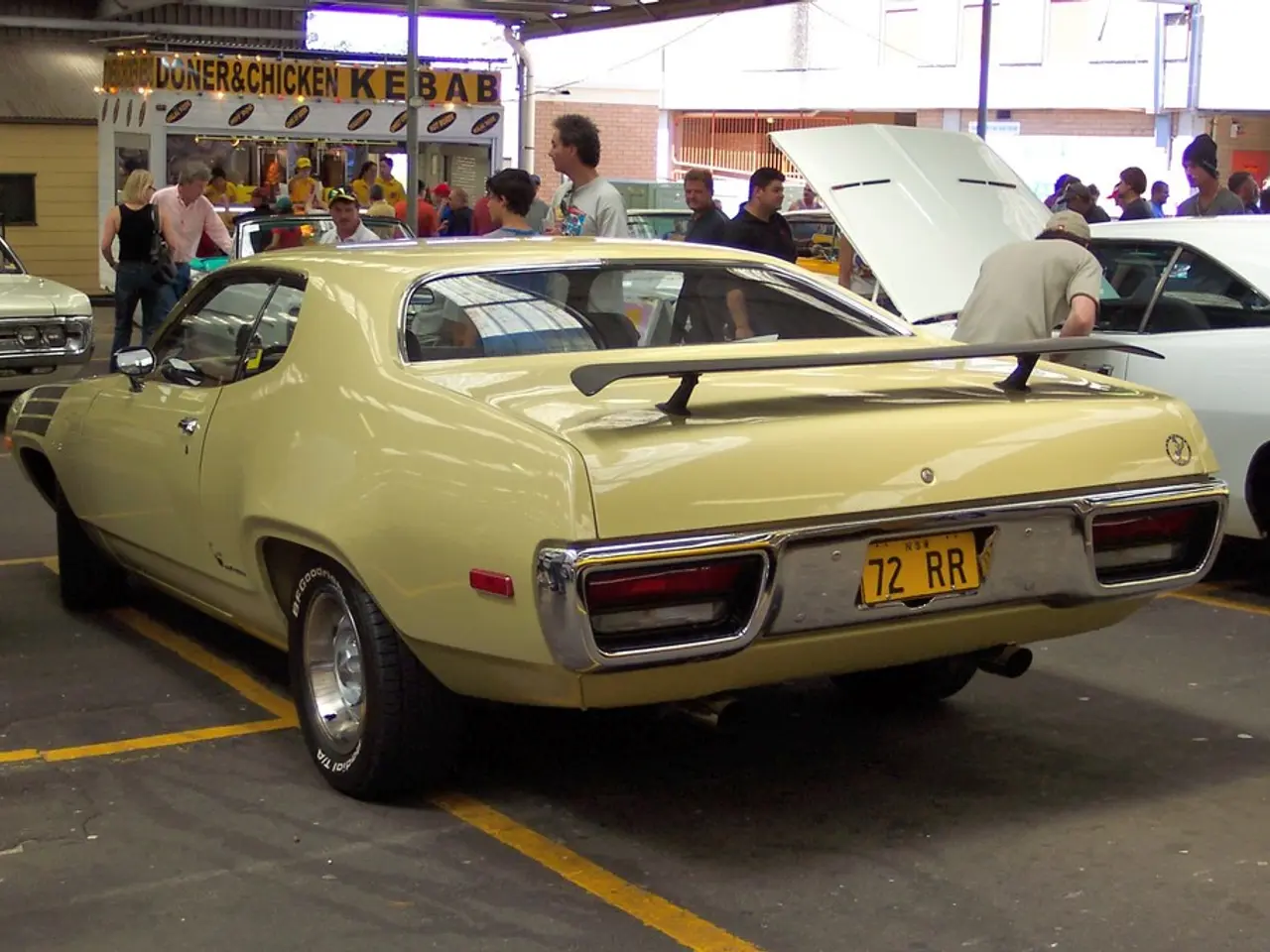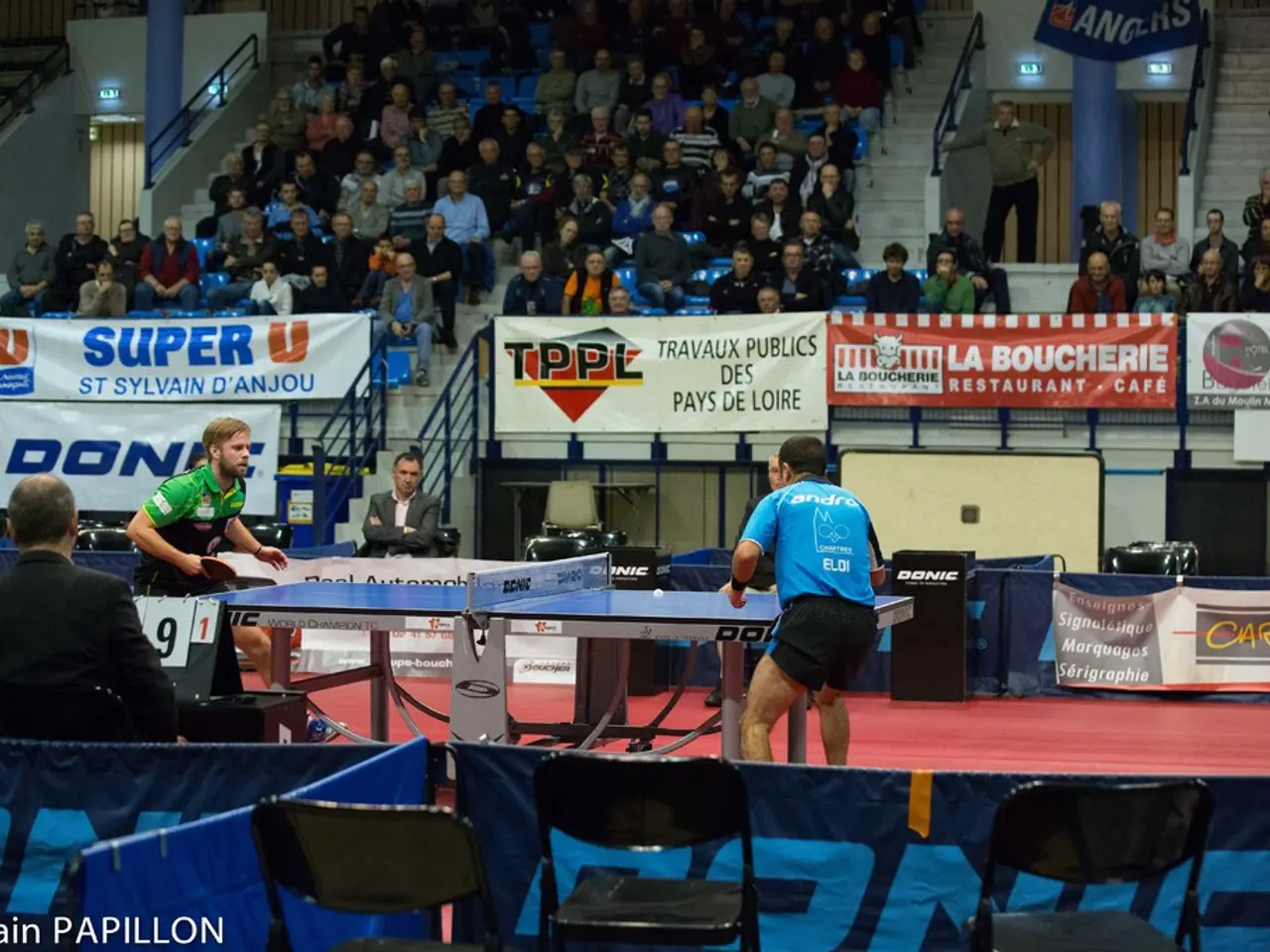"The new housing project stands as a testament to equal housing opportunities"
Celebrating a Century of Social Housing Innovation: Berlin's Hufeisensiedlung
Berlin's Hufeisensiedlung, a housing complex located in the Neukölln district, recently celebrated its 100th anniversary. This architectural masterpiece, built between 1925 and 1932, is a testament to the city's efforts to address housing shortages during rapid urban growth and social change.
Designed by architect Bruno Taut and urban planner Martin Wagner, the Hufeisensiedlung is a remarkable example of modernist residential architecture. Its distinctive horseshoe shape and colourful facades embody the ideas of the German Werkbund and the modernist movement, seamlessly integrating functionality, light, and green spaces into working-class housing.
The Hufeisensiedlung is more than just a historical landmark; it remains a functioning residential area, often celebrated for its innovative design and social impact. It is frequently cited as one of the significant Berlin architectural sites, and its preservation underscores its cultural and historical value in the context of Berlin’s 20th-century urban development.
The Hufeisensiedlung's history is not without controversy. During the Nazi regime, a barracks for 18 forced laborers was built within the settlement, and Adolf Eichmann, a war criminal, lived there between 1935 and 1938. Erich Mühsam, an anarchist writer and former resident, was murdered in the Oranienburg concentration camp in 1934. Despite these dark chapters, the centenary celebration served not only to celebrate current life but also as a reminder of its history and the struggle for fair housing.
Today, the Hufeisensiedlung is under the ownership of the controversial company Deutsche Wohnen, with calls for a redistribution of ownership from private real estate owners echoing those made after World War I. The anniversary celebration included guided tours, salons, music, food, and crafting, with participation from the Landesdenkmalamt, the Hufeisensiedlung Friends and Supporters Association, and housing corporation Vonovia.
Jochen Biedermann, the Neukölln district building councilor, stated that the Hufeisensiedlung, which has been under monument protection for two-thirds of its existence, is still so alive. Sabine Ambrosius from the Landesdenkmalamt added that the horseshoe shape of the Hufeisensiedlung is the best symbol of community.
In summary:
- The Hufeisensiedlung, constructed between 1925 and 1932, is a pioneering large-scale social housing project designed by Bruno Taut and Martin Wagner.
- It exemplifies modernist residential architecture and represents Taut's commitment to improving living conditions through affordable, aesthetically innovative social housing.
- The Hufeisensiedlung is located in the Neukölln borough, Berlin, and its design features include a horseshoe shape, colourful facades, and the integration of green spaces.
- Today, the Hufeisensiedlung remains an important architectural landmark and a functioning residential area, often celebrated for its innovative design and social impact.
The Hufeisensiedlung's unique blend of social purpose, architectural innovation, and preservation makes it a landmark in the history of urban housing. As we look to the future, its legacy continues to inspire efforts to create affordable, high-quality housing for all.
- The Hufeisensiedlung, a historical housing complex in Berlin, was initially designed to address working-class housing issues during rapid urban growth and social change.
- Today, the Hufeisensiedlung serves as an example for modern finance and investing in real-estate projects that prioritize affordability and innovation in housing-market solutions.




